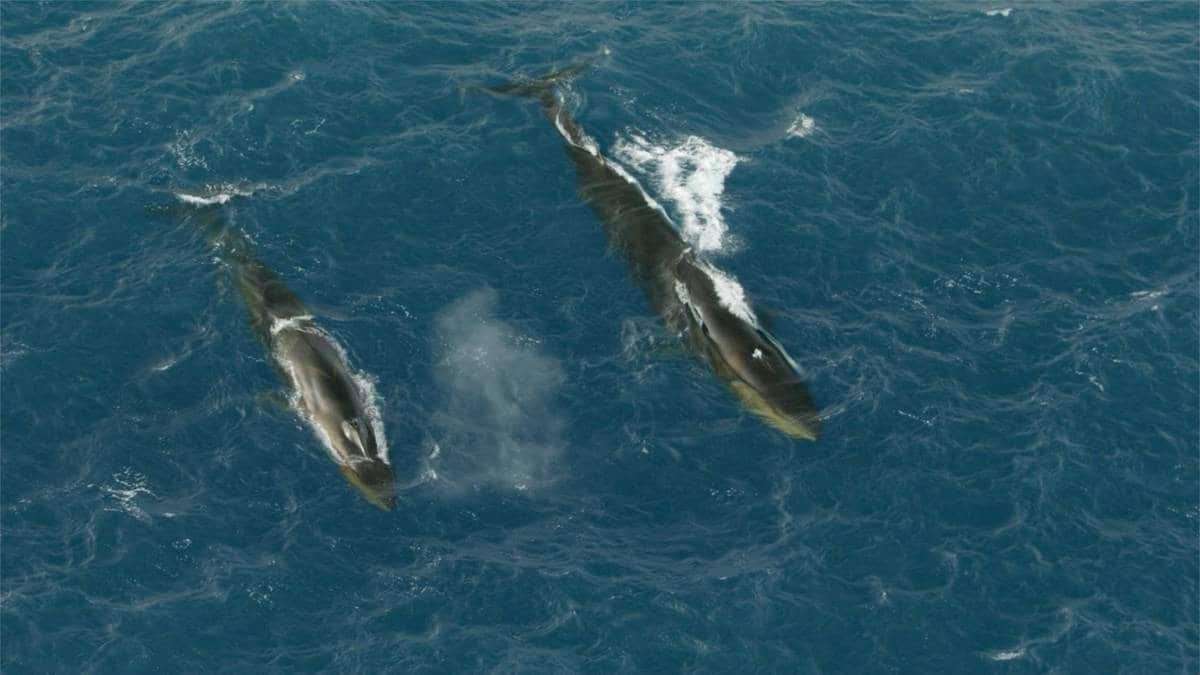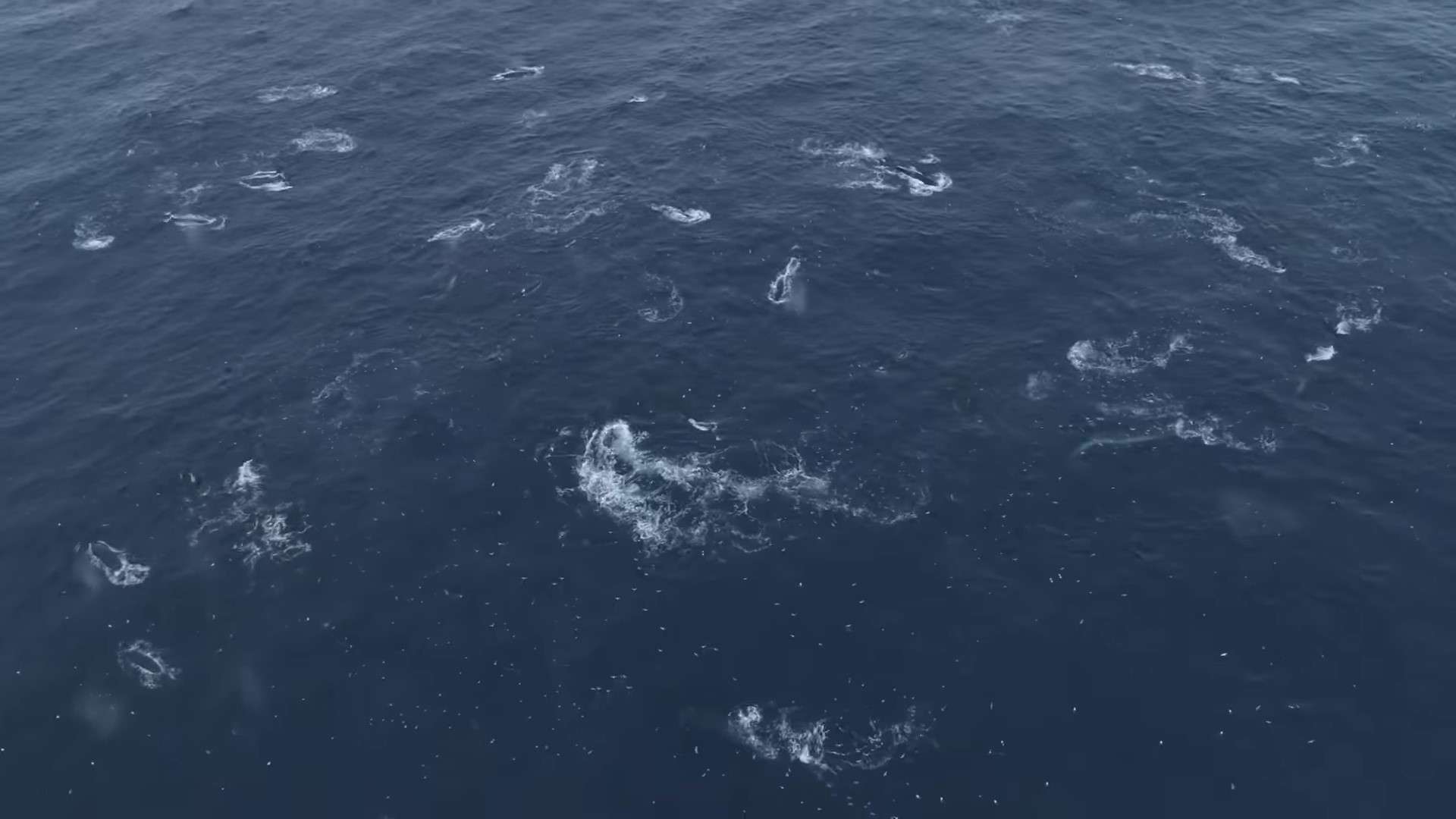“I’ve never seen so many whales in one place before and was absolutely blown away watching these massive creatures feed.”

Fin whale – the second largest creature in the world after the blue whale
A new study has just been published in the journal Scientific Reports. The study reports the first documented scientific observation of fin whales feeding off Antarctica’s Elephant Island.
“Everybody in the world is practicing conservation and management, and species endangered by hunting will have a chance to recover,” said the study’s lead author and mammalian ecologist. sea of the University of Hamburg, shared Dr. Helena Herr.
Fin whales – the second largest whale species on the planet – were once abundant in the Southern Ocean. In 1892, the naturalist William Speirs Bruce wrote about what he had seen during his Antarctic expedition. According to the study, the whale’s back was seen at fairly close distances from the ship and from horizon to horizon. Such attractions, however, became a thing of the past as commercial whaling boomed in the 20th century, devastating fin whale populations.
“They’ve shrunk to 1 or 2 percent of their original population size,” Herr said. “We’re talking about a thousand creatures remaining for the entire southern hemisphere.”

Flock of fin whales gather to hunt in the Antarctic sea, the number can be more than 150
Now, however, the whales are coming back for more. Herr and her research team made two expeditions to Antarctica in 2018 and 2019 and observed more than 100 different groups of fin whales. Gatherings feature one to four whales. But the researchers recorded eight times in which the number of whales reached 150.
“I’ve never seen so many whales in one place before and was absolutely blown away by watching these huge herds feed,” study co-author and biology professor Bettina Meyer said. response.
BBC wildlife filmmakers have captured whale gatherings on camera via drone.
Meyer says that while researchers don’t know the total number of Antarctic fin whales, multiple sightings in large gatherings is a good sign. And the return of whales is not only good news for the species but also for their ecology and climate. That’s because, when whales eat molluscs such as shrimp, fish, etc., they release some iron in the animal to stimulate the creatures back into the ocean, the researcher explained. This will encourage the growth of phytoplankton, which both absorb carbon dioxide and form the basis of a more diverse marine food web.

Climate change is affecting many ecosystems such as oceans, the environment, etc.
“In this current era of climate change, biodiversity imbalances and species extinction, the recovery of a large whale population is not just a glimmer of hope; it is also likely to have a stimulating effect on primary production in the Southern Ocean, enhancing CO2 sequestration and carbon sequestration,” the study authors said.
See also: Australia: Bees are the top venomous creatures on the list of deadly species